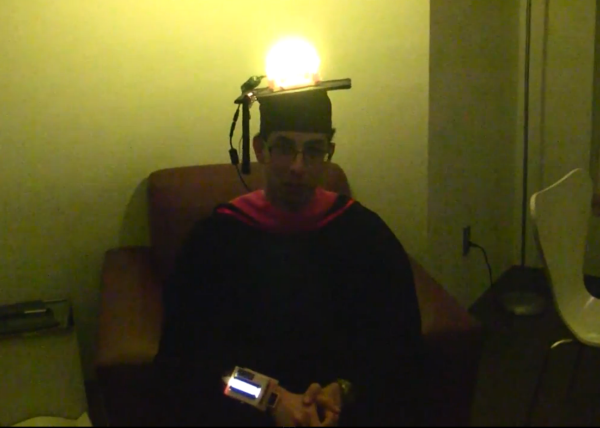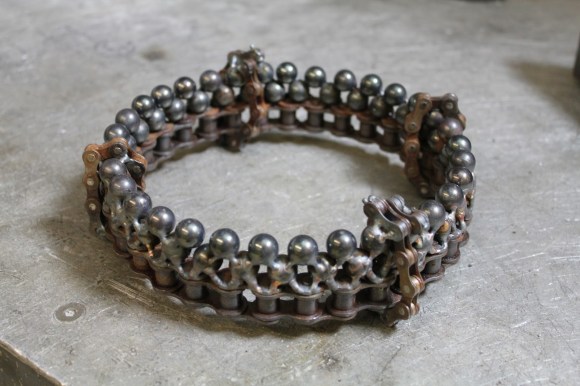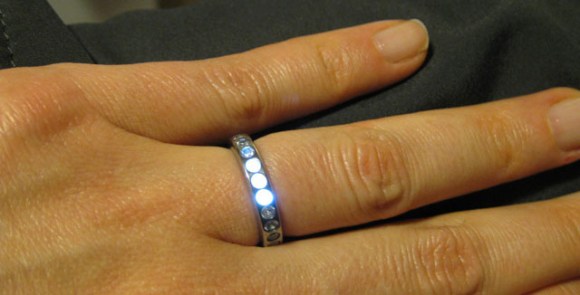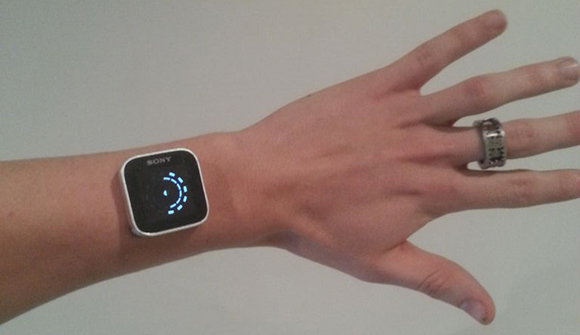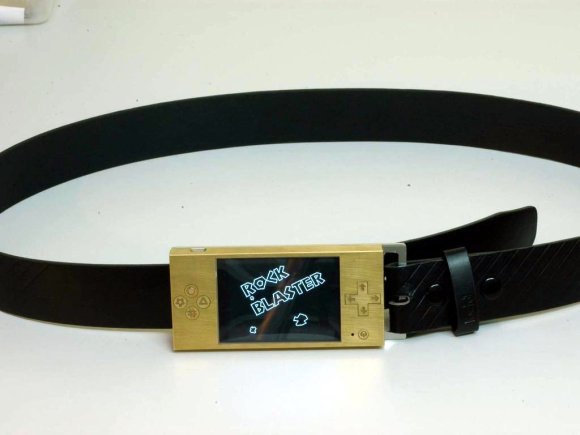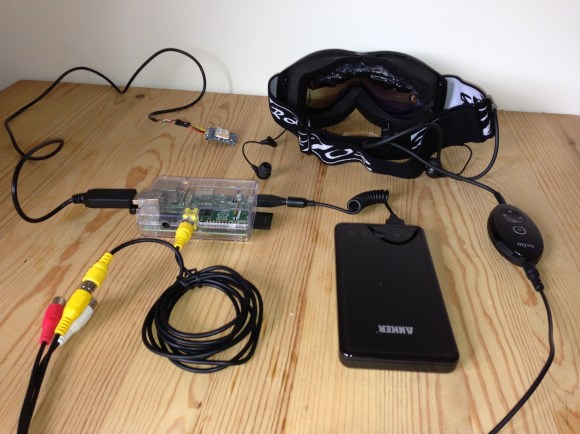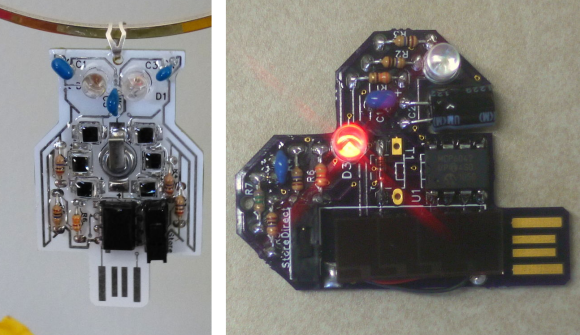
We don’t see ourselves wearing these pendants around, but we still enjoyed taking a look at the design. These are just two from a wide range of offerings meant to be worn around and recharged by the sun. But a cloudy day won’t ruing the fun; they can be topped off via USB as well. Parts lists and schematics are included in the assembly Instructables for both the Owl and the Heart.
[Marty] and [Robin], a brother and sister developement/design team, were showing them off at the Sector67 hackerspace in Madison, WI. The single integrated circuit used in both is an OpAmp responsible for managing the blinking. The heart board has a calculator-style solar cell which charges that 0.5F supercap. The Owl has just a 0.022F coin-type capacitor and features a different style of solar harvester. The six components around the cap are each individual solar cells. [Marty] told us that they pump out a ton of juice in direct sunlight, outperforming the calculator-style cell. The opposite is true indoors. But as we’ve seen before, indoor solar harvesting is a tough game.
Need even more bling around your neck? Check out these LED matrix pendants.

